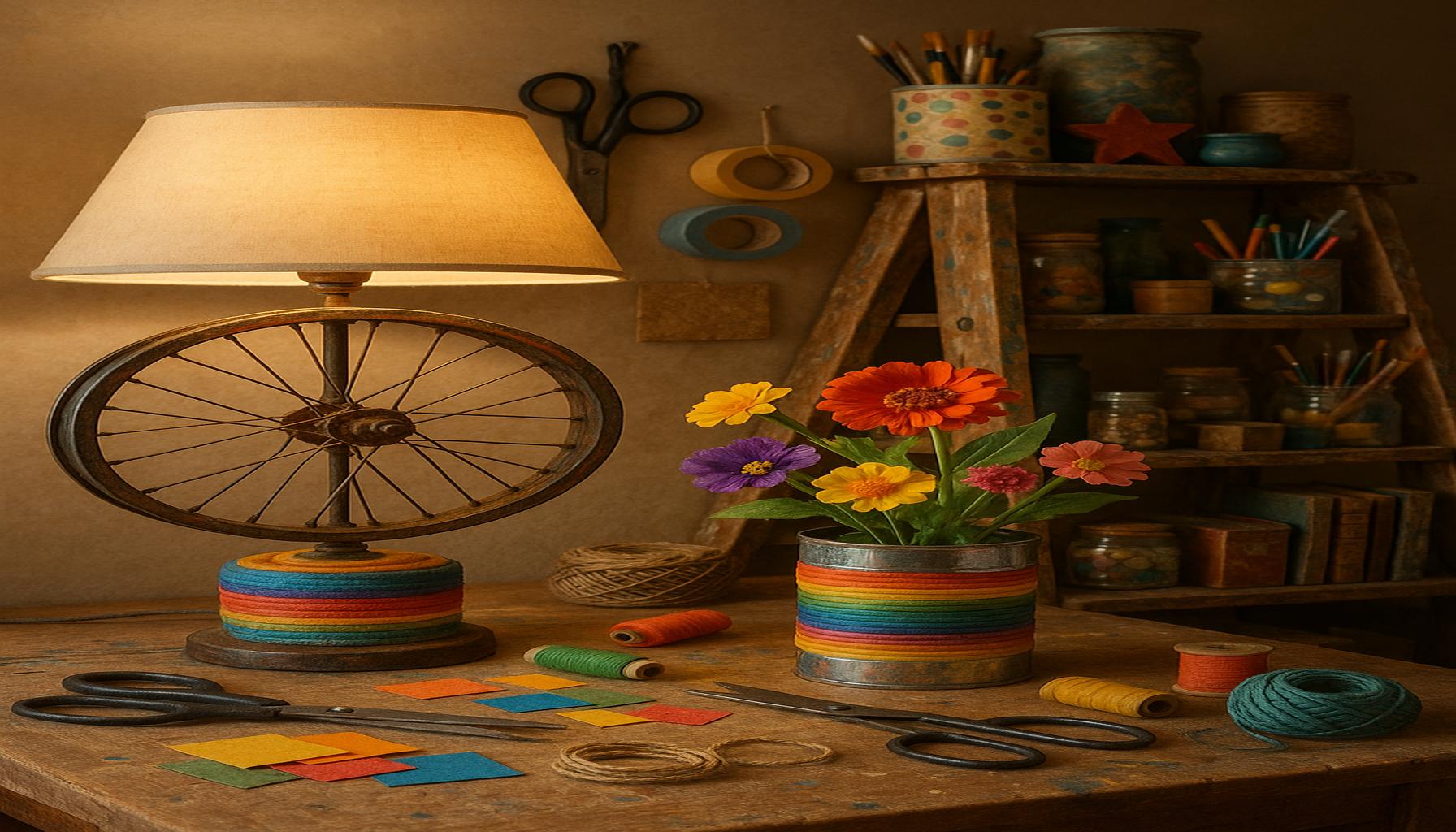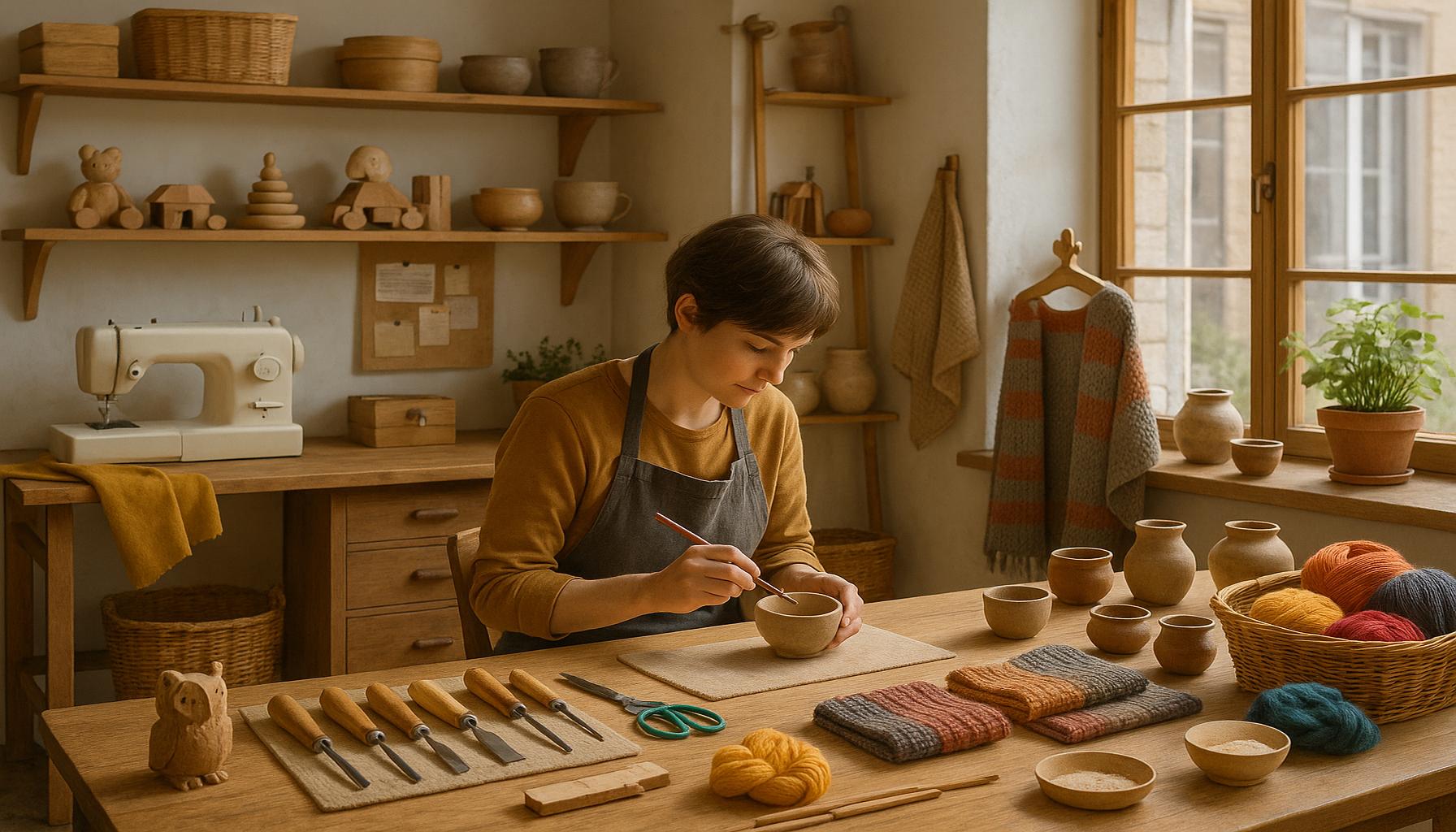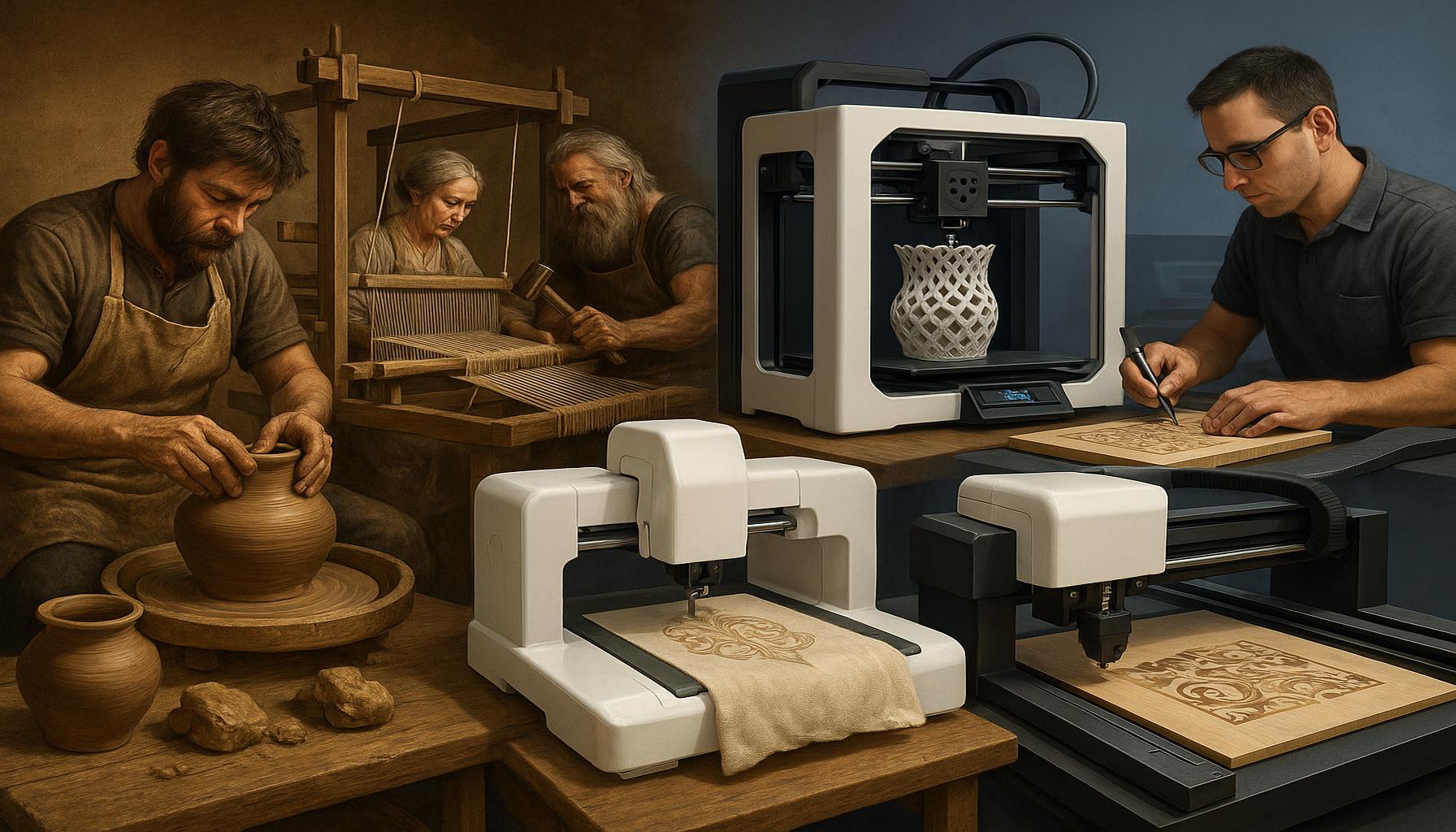Crafting Evolution Adapting Traditional Techniques in the Digital Age
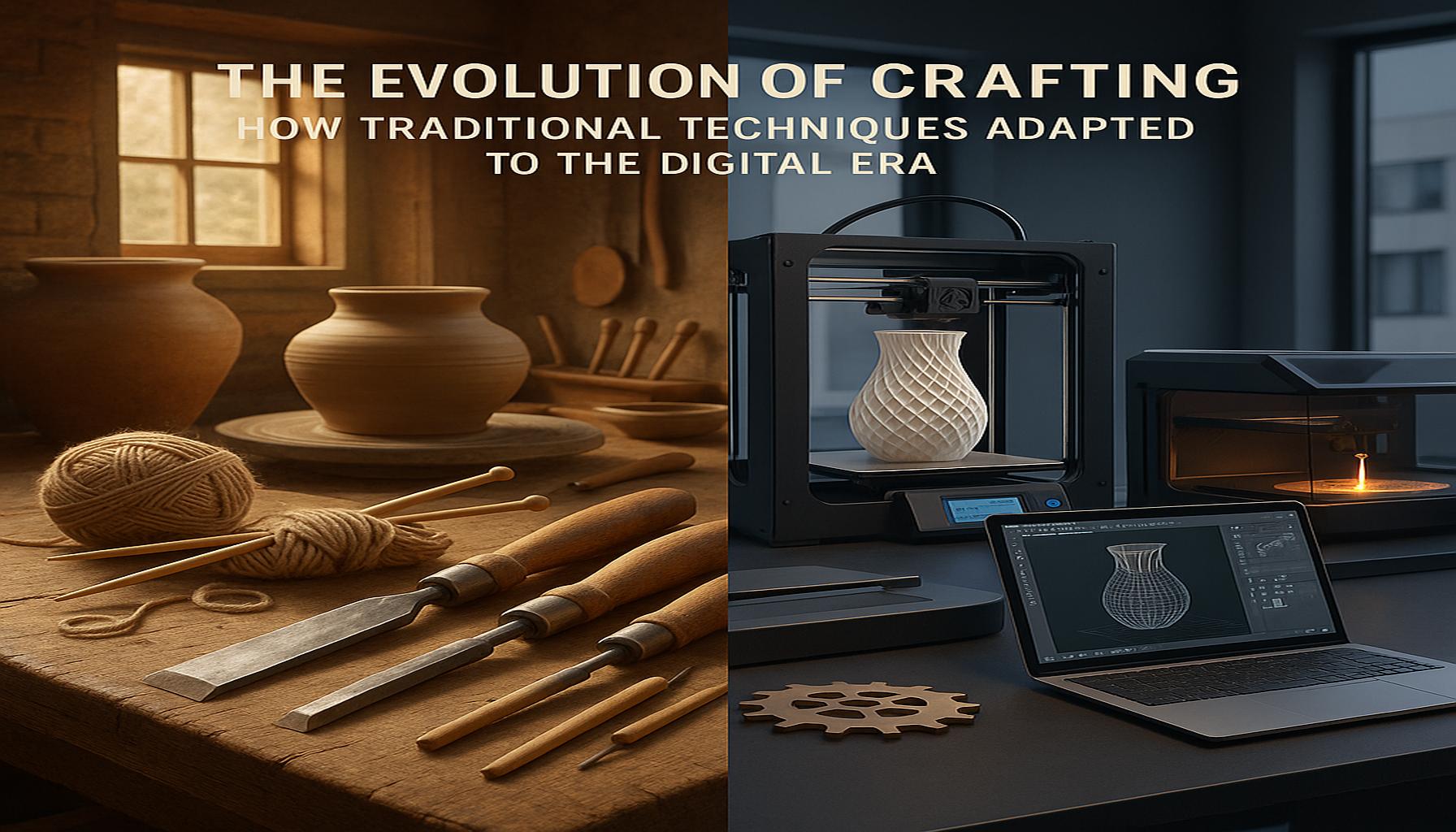
Introduction
In recent years, the world of crafting has undergone a remarkable transformation. As the digital age continues to expand, traditional techniques are finding new life through innovative approaches and modern tools. This shift not only enhances the creativity of hobbyists but also redefines how we perceive and engage with crafts.
Understanding this evolution is essential for anyone interested in creative hobbies, whether they are seasoned crafters or newcomers. Here are a few key points highlighting the significance of this transition:
- Accessibility: Crafting has become more attainable due to online tutorials and social media communities.
- Integration: Traditional methods are being blended with cutting-edge technology, allowing for unique designs.
- Market Reach: Digital platforms provide crafters the opportunity to sell their creations to a global audience.
Stay tuned as we delve deeper into the top 5 techniques that exemplify this exciting evolution and how they might inspire your next project.
The Evolution of Crafting: How Traditional Techniques Adapted to the Digital Age
The world of crafting has undergone a remarkable transformation over the past few years, primarily driven by the relentless march of digital technology. This evolution represents a captivating synthesis of traditional craftsmanship and modern innovation, enabling artisans and hobbyists worldwide to explore unprecedented creative opportunities. In this article, we will explore the top five ways in which traditional crafting techniques have successfully adapted to the digital era, bringing fresh perspectives and renewed interest to this timeless practice.
5. Online Communities for Crafters
One of the most profound impacts of digital technology on crafting is the rise of online communities. These networks have revolutionized how crafters connect, collaborate, and learn from one another. Platforms like Reddit, Facebook groups, and specialized forums have created vibrant spaces for sharing ideas, tips, and tutorials, connecting individuals who share a love for crafts without regard for geographical boundaries.
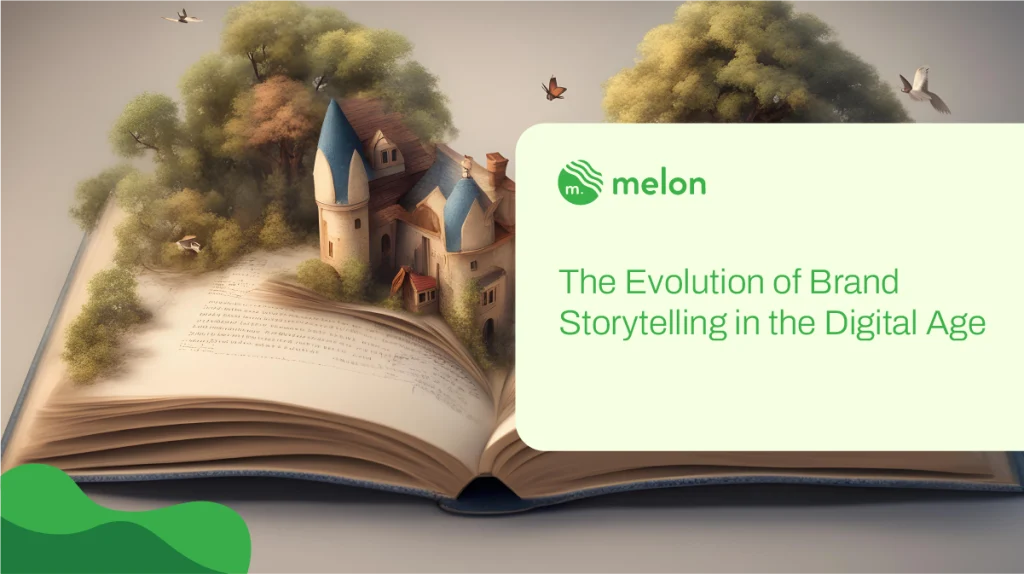
These communities have not only rejuvenated interest in traditional crafts but also fostered their evolution by encouraging the exchange of diverse techniques and styles. For example, a quilter in the United States can share her work with a bead artist in South Africa, exchanging insights and potentially combining techniques to create something entirely new. This global exchange has democratized crafting, enabling more people to engage in creative expression.
Moreover, these digital spaces offer promotional opportunities for artisans. Platforms like Etsy provide crafters with outlets to showcase and sell their creations, turning hobbies into viable businesses. Overall, online communities have created a democratic space for crafting, inviting enthusiasts from all walks of life to engage, share, and learn in ways that were previously unimaginable.
4. Digital Tools for Crafting
The advent of digital tools has made a significant impact on the crafting process, altering the ways in which creations are designed and executed. Software such as Adobe Illustrator and Procreate allows artists to conceptualize and refine their ideas digitally before even touching physical materials. These tools facilitate precision and creativity that might not be achievable through traditional methods alone.
Additionally, technologies like the Cricut machine have revolutionized the crafting landscape by enabling users to cut intricate designs in materials such as paper, vinyl, and fabric with ease. These machines bridge the gap between digital design and physical creation, making it feasible to undertake a wider array of projects. Embedding digital technology into crafting not only enhances efficiency but also expands the creative possibilities, as demonstrated by the intricate pop-up greeting cards and complex scrapbooking designs made possible by these tools.
3. Tutorials and Content Creation
The proliferation of platforms like YouTube and TikTok has dramatically transformed the way crafters acquire new skills. Access to a wealth of tutorials and resources empowers anyone to learn new techniques without attending costly in-person workshops. These platforms offer democratized learning, opening up avenues that were once restricted to formal education or familial tradition.
Virtual classes and webinars have made previously esoteric techniques accessible to anyone within reach of a digital device. This widespread availability extends to niche crafts, such as Japanese shibori dyeing or Scandinavian flat-plane wood carving, which now enjoy broader popularity.
Furthermore, content creation has become an integral part of the crafting ecosystem. Innovators are not only absorbing knowledge but also disseminating their expertise, encouraging an ongoing cycle of learning and sharing. This shift has heightened the diversification of crafting styles and methods, combining functionality with artistic expression and significantly enriching the global crafting landscape.
2. E-commerce and Digital Marketing
The rise of e-commerce platforms has revolutionized how crafters market and sell their handmade goods. Platforms like Etsy, Shopify, and Instagram have globalized the shopping experience, allowing artisans to present their products to a worldwide audience. This shift has opened up previously inaccessible markets, fostering greater innovation and ambition among creators.
Furthermore, the advent of digital marketing strategies has dramatically improved the visibility of handmade crafts. By utilizing tools such as SEO and social media advertising, artisans can more effectively target potential customers, thus expanding their reach and bolstering their brand presence. This exposure has fundamentally changed the crafting industry, now characterized by a robust global community of creators and consumers.
The integration of e-commerce into crafting has effectively rendered geographical barriers obsolete, enabling artisans to share their passion with a wider audience than ever before. This empowerment has sparked a wave of innovation, encouraging crafters to experiment with new materials, techniques, and styles in response to a thriving and diverse market.
1. 3D Printing and Innovation
At the forefront of crafting innovation is the emergence of 3D printing technology. This revolutionary approach has redefined traditional crafting, empowering artists to create complex structures and designs directly from digital files. The precision and customization afforded by 3D printing are unparalleled, allowing for stunning levels of detail and originality.
This technology minimizes material waste and enables crafters to tackle intricate projects that may otherwise be unimaginable. For example, a jewelry designer can prototype a ring with elaborate detailing, experiment with various materials, and rapidly iterate on designs—all while maintaining sustainability. 3D printing bridges the gap between traditional craftsmanship and modern technology, providing artisans with tools to achieve a blend of efficiency, detail, and creativity.
Far from replacing traditional techniques, 3D printing complements them, offering a new dimension to artistry that enhances the creative process. This synergy of old and new represents the essence of crafting in the digital age: an intertwined evolution that continues to unfold, opening new pathways for artisans and hobbyists to delve deeper into their creativity and craftmanship.
The integration of digital technology into the crafting realm has reshaped the industry in profound ways. From the vibrant interaction within online communities to the revolutionary capabilities of 3D printing, the fusion of tradition and modernity has created a dynamic and thriving craft ecosystem. As we witness this continuing evolution, the future of crafting appears brighter and more expansive than ever before.
Within the vast landscape of crafting, the evolution due to digital technology has not only altered how artisans create but has also transformed the realm of selling and marketing their products. The shifting dynamics have introduced new platforms and methods that empower crafters to reach larger audiences without the traditional barriers of entry. This digital renaissance is opening doors for both seasoned artisans and newcomers to the crafting world, allowing for the blending of traditional techniques with modern presentation.One significant development is the rise of online marketplaces. Platforms such as Etsy, Amazon Handmade, and various social media sites enable crafters to showcase their products to millions. This level of accessibility allows small businesses to thrive without the overhead costs associated with physical stores. Social media, in particular, serves as a powerful tool for marketing as artisans can share their creative processes through videos and posts, engaging a community of fans and potential customers directly. Techniques like live streaming, DIY tutorials, and interactive workshops have successfully fostered a sense of connection and trust, enhancing the consumer experience.Additionally, the availability of digital tools has revolutionized the crafting process itself. Software for design, such as Adobe Creative Suite or specialized crafting programs, empowers crafters to experiment with patterns, colors, and 3D modeling before ever picking up their materials. Digital pattern-sharing platforms and community forums, like Ravelry for knitters, allow for quick dissemination of new ideas and designs. This sharing culture leads to innovation and adaptation of traditional methods, encouraging artisans to experiment while preserving the essence of their craft.Another noteworthy aspect is the growing trend of crafting communities online. Forums, Facebook groups, and dedicated crafting blogs allow crafters to connect, share tips, and provide support to one another. This communal approach not only promotes skills but also helps women and underrepresented groups to find their voices within the crafting industry. The collaborative nature of these communities fosters creativity and enhances productivity, showcasing how tradition can coexist with modern practices.Lastly, the use of technology extends to the consumer side as well. Customers are increasingly seeking personalized and unique products, and digital tools can help fulfill these desires. Customization software enables consumers to design their items, ensuring each piece is reflective of their personality. Consumers are more invested when they have a hand in the creative process, bridging the gap between the artisan and customer even further.As we observe these changes, it is evident that the integration of technology into crafting is not merely a trend but a significant evolution. The ongoing synergy between tradition and innovation presents exciting possibilities for the future of crafting, where artisans can remain true to their roots while embracing new methodologies that celebrate creativity and individuality. Through this harmonious blending of the past and future, the crafting community will continue to grow and adapt, forever transforming how we define artistic expression in this digital age.
Frequently Asked Questions about the Evolution of Crafting in the Digital Age
How has digital technology transformed traditional crafting techniques?
Digital technology has profoundly impacted traditional crafting by introducing new tools and platforms that enhance creativity and efficiency. For example, CNC machines and 3D printers allow artisans to produce intricate designs with precision and speed. Furthermore, platforms like Etsy and social media offer global visibility for crafters, enabling them to reach wider audiences. The blend of traditional skills with digital innovation is expanding the boundaries of what’s possible in the crafting world.
What are some examples of digital platforms that support crafters today?
Several digital platforms support crafters by providing tools and communities to market their products and share techniques. Websites like Etsy, Amazon Handmade, and Redbubble serve as marketplaces where artisans can sell their creations internationally. On the educational side, platforms such as Skillshare and YouTube offer tutorials and courses for those looking to refine their crafting skills. The accessibility of these channels has made it increasingly easier for crafters to thrive online.
Are there drawbacks to incorporating digital tools into traditional crafting practices?
While digital tools offer significant advantages, some crafters express concerns about the loss of authenticity and craftsmanship that may occur when traditional techniques are replaced with digital methods. There’s also the risk of overlooking the cultural significance tied to handcrafted goods. Additionally, the financial investment in digital tools can be substantial. Nonetheless, many artisans find a balance by using digital tools to complement rather than replace their traditional methods.
How are traditional crafting communities responding to digital advancements?
Traditional crafting communities are increasingly open to digital advancements as they see the benefits of preserving age-old techniques while embracing innovation. Workshops and conventions now often include sessions on digital crafts, bridging the gap between past and present. Additionally, online forums and social media groups allow crafters to exchange ideas and techniques across distances, fostering a sense of community and collaboration. This acceptance of digital integration is helping to sustain traditional crafts for future generations.
What role does sustainability play in the modern crafting movement?
Sustainability is a critical consideration in the modern crafting movement, with many artisans committed to using eco-friendly materials and processes. Digital tools can reduce waste by enabling precise production and reducing trial-and-error. Moreover, the rise of upcycling and repurposing crafts reflects a broader societal shift toward environmental awareness. In this context, digital platforms also provide a stage for sustainability practices, encouraging crafters to share and adopt eco-conscious strategies.
Conclusion
The evolution of crafting, as explored throughout this article, not only pays homage to the rich tapestry of traditional techniques but also highlights their seamless transition into the digital era. By examining the intersection of age-old practices with modern technology, we’ve glimpsed a world where creativity flourishes on new platforms.
One of the key takeaways is that traditional craftsmanship remains relevant. Techniques passed down through generations are experiencing a renaissance, thanks to the accessibility and reach afforded by digital tools. Crafters can now share tutorials, sell their work online, and collaborate globally, bringing a diverse array of cultural influences into their creations.
The democratization of crafting through social media has fostered community building, bridging gaps between artisans worldwide. Crafting novel solutions in this digital landscape has not only preserved but enriched these techniques, sparking renewed interest in creative hobbies across all age groups.
Moreover, we observed that the infusion of technology into crafting fosters sustainability. With innovations like 3D printing and virtual reality, artisans can experiment with new materials and methods, minimizing waste and reducing the environmental impact of their endeavors.
As digital advancements continue to unfold, the symbiotic relationship between traditional craft techniques and modern technology will undoubtedly reveal even more innovative possibilities. By embracing both the old and the new, crafters are redefining what it means to be an artisan in the 21st century, proving that creativity knows no bounds nor obsolescence. Ultimately, this evolution ensures that the art of crafting remains a cherished and vital part of our cultural fabric, adapting to meet the needs and fascinations of each new generation.
